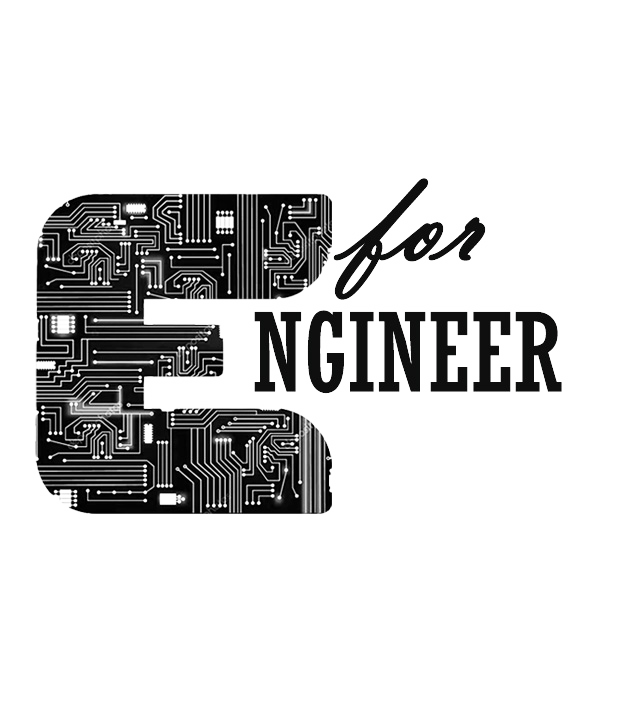Resetting your Arduino can be crucial for troubleshooting and ensuring your projects run smoothly. Here are several methods to reset your Arduino, each with its own advantages and use cases.
1. Using the Reset Button
The simplest way to reset your Arduino is by pressing the reset button on the board. This button is usually located near the USB port and is labeled “RESET.” Pressing it will restart the board and begin executing the code from the start.
2. Utilizing the Reset Pin
Another method involves connecting the reset pin to the ground. This can be done programmatically or manually. When the reset pin is connected to the ground, it triggers a reset, similar to pressing the reset button.
3. External Reset Button
You can also set up an external reset button by connecting a push button between the reset pin and the ground. This is useful for projects where the Arduino is enclosed, and the onboard reset button is not easily accessible.
4. Software Reset
A software reset can be achieved by using the resetFunc() function. This method involves writing a small piece of code that points to the memory address 0, effectively restarting the board. However, this method is not recommended for beginners as it can be risky.
void(* resetFunc) (void) = 0; //declare reset function at address 0 resetFunc(); //call reset
5. Watchdog Timer
The watchdog timer is a hardware timer that can reset the Arduino if it gets stuck in an infinite loop or becomes unresponsive. By configuring the watchdog timer, you can ensure your Arduino resets automatically if it fails to execute the code properly.
#include <avr/wdt.h>
void setup() {
wdt_enable(WDTO_8S); // Set timeout to 8 seconds
}
void loop() {
// Your code here
wdt_reset(); // Reset watchdog timer
}
6. Power Cycling
Power cycling involves disconnecting and reconnecting the power supply to the Arduino. This method clears the RAM and restarts the board. It’s a straightforward way to reset the Arduino, especially if you don’t have access to the reset button or pin.
7. Serial Monitor
Opening the Serial Monitor in the Arduino IDE can also reset the Arduino. When you open the Serial Monitor, it resets the board and starts executing the code from the beginning. This is useful for debugging and monitoring serial output.
8. Uploading Code Again
Uploading the code again to the Arduino also resets the board. When you upload a new sketch, the Arduino restarts and begins executing the new code. This is a common method used during development and debugging.
9. Optiboot Bootloader
The Optiboot bootloader is a lightweight bootloader that can be used to reset the Arduino. It allows for faster uploads and more efficient memory usage. By using the Optiboot bootloader, you can reset the Arduino and improve its performance.
Conclusion
Resetting your Arduino can help resolve many issues, from infinite loops to unresponsive code. Whether you choose a hardware or software method, understanding these different techniques will enhance your troubleshooting skills and ensure your projects run smoothly.
By incorporating these methods into your toolkit, you’ll be better equipped to handle any challenges that arise in your Arduino projects.
The code we wrote for the practical demo video:
// TeluguETech
// Find code on www.eforengineer.com
// initialize digital pin LED_BUILTIN nothing but PIN 13 as an output.
void setup() {
Serial.begin(9600);
pinMode(LED_BUILTIN, OUTPUT);
pinMode(10, OUTPUT);
delay(1000);
digitalWrite(10, HIGH);
Serial.println("Reset happened");
delay(2000);
digitalWrite(10, LOW);
}
void loop() {
digitalWrite(LED_BUILTIN, HIGH);
delay(1000);
digitalWrite(LED_BUILTIN, LOW);
delay(1000);
Serial.println("Now we are in the Loop");
}















